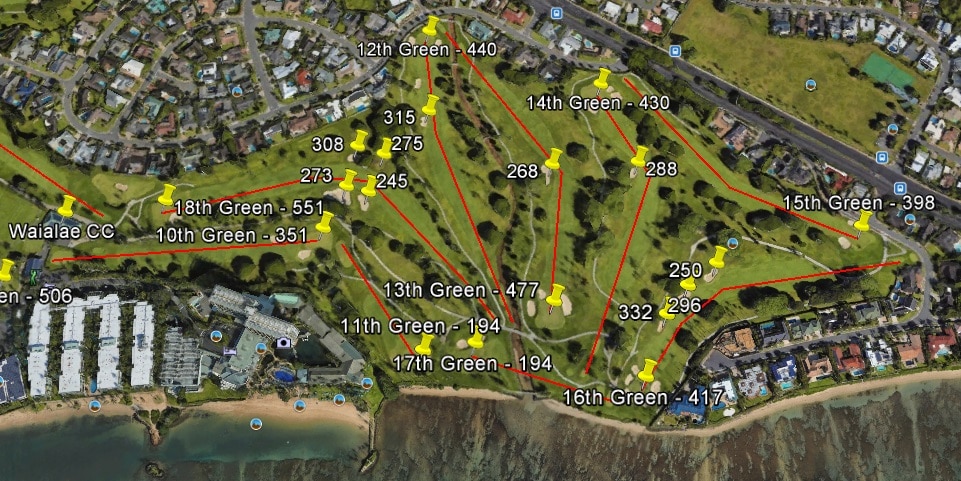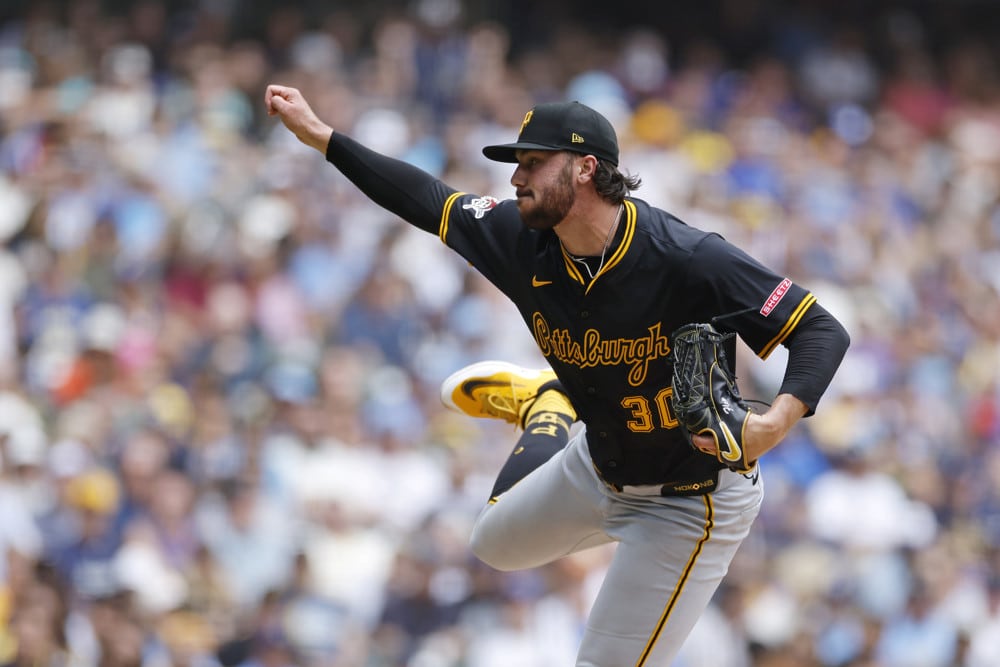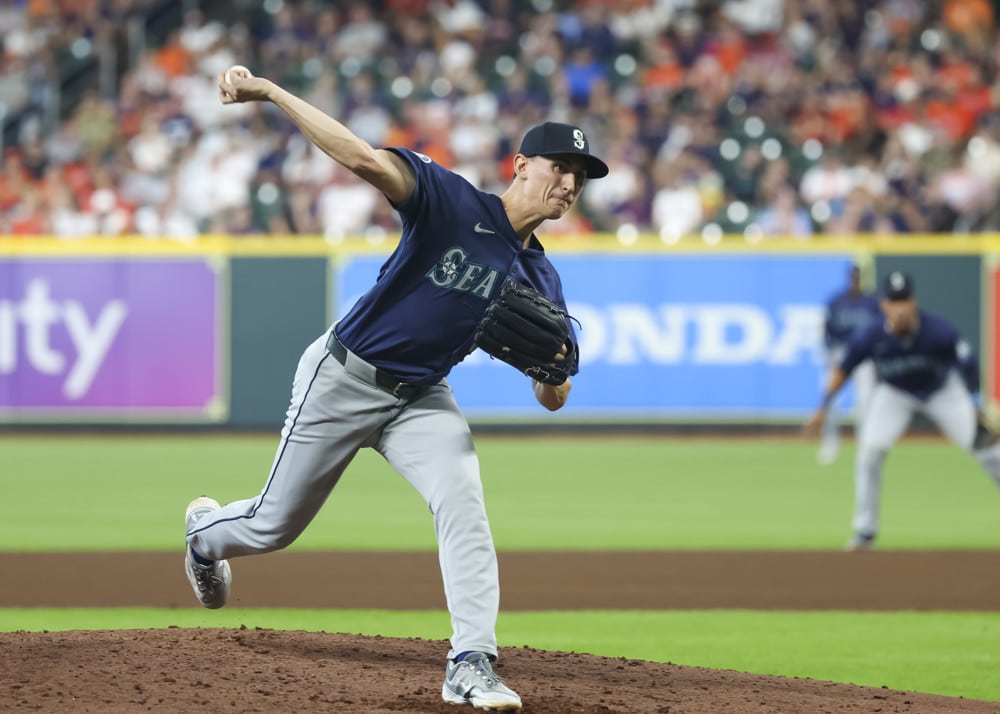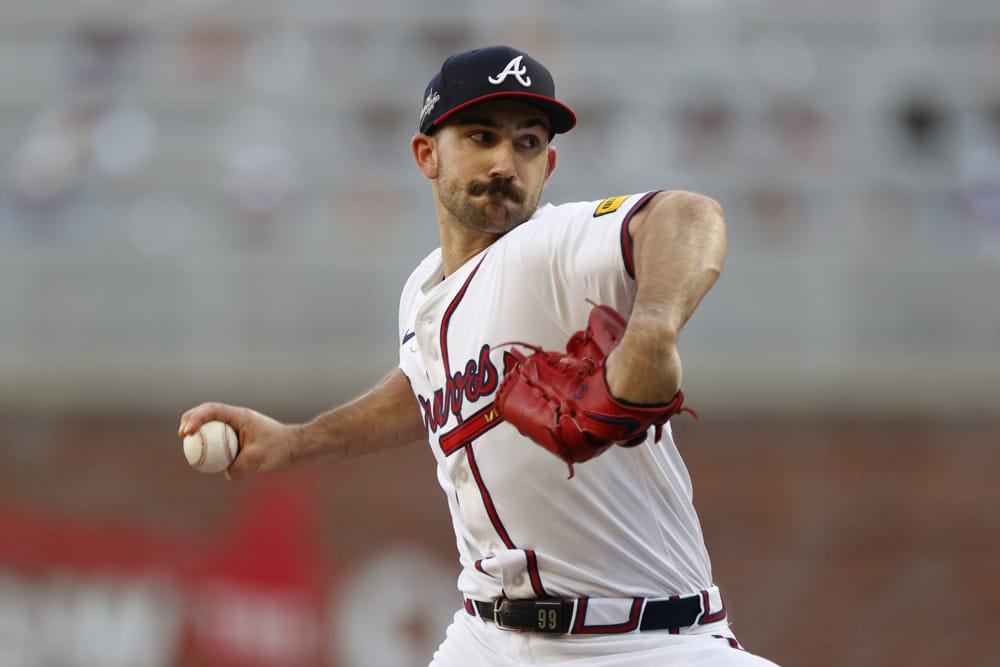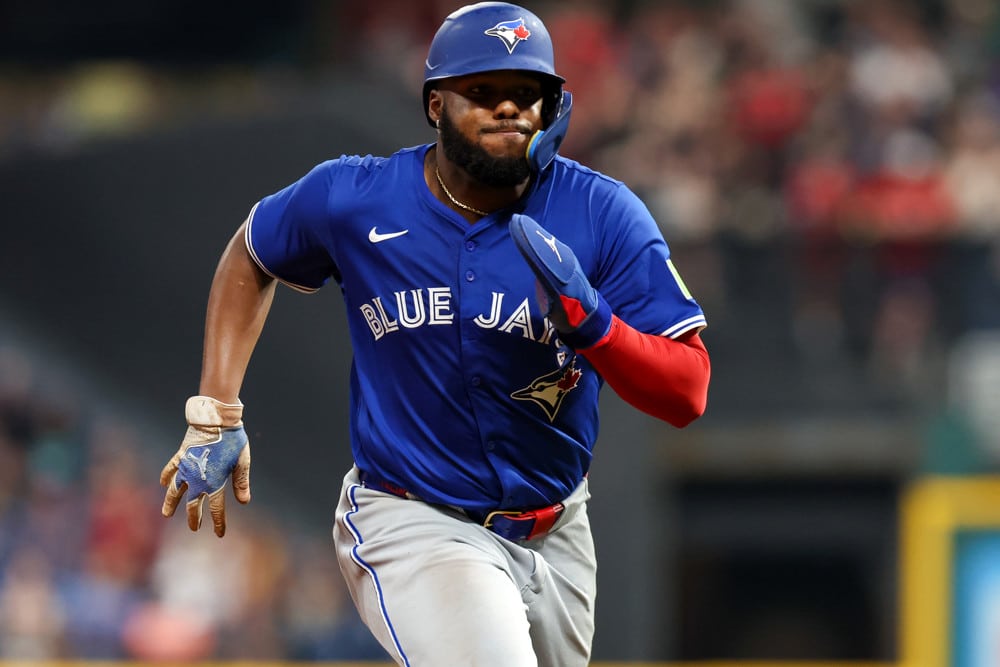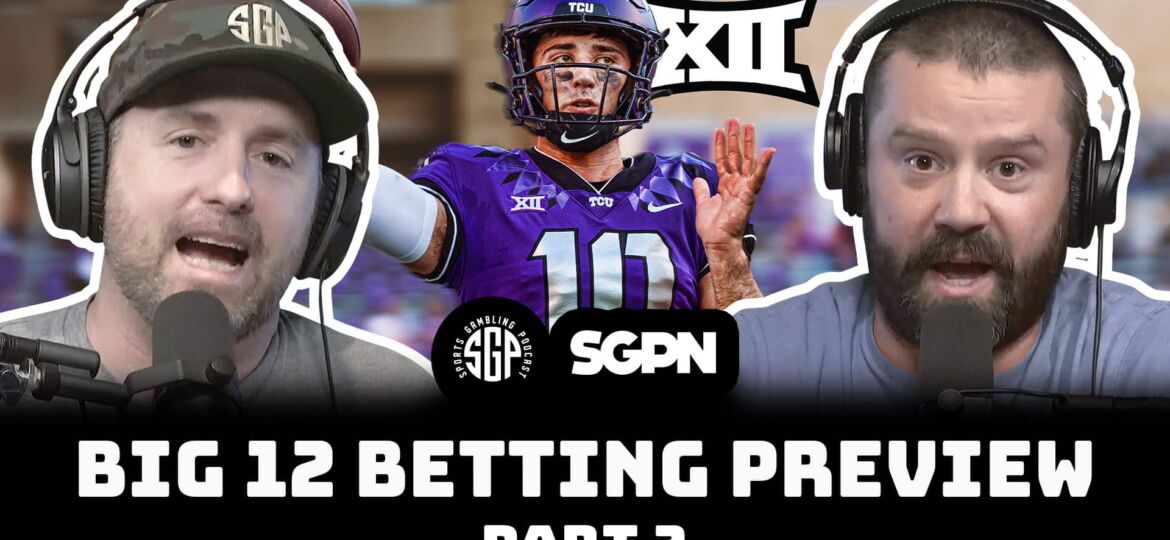This week the PGA Tour downshifts dramatically from a high flying trip up and down the hills at Kapalua to a methodical trek across the flat terrain of Waialae Country Club for the 56th playing of the Sony Open in Honolulu, Hawaii.
Birdies at Waialae are plentiful, but the manner in which the players will get them is much different than it was last week at Kapalua. Waialae borrows heavily on classic Scottish golf design, meaning accuracy and precision tee-to-green is a must this week. A cooperating putter is also a must this week, as the contenders scores are always well into the double digits under par.
Visually the golf course is far less dramatic looking than Kapalua, as only a select few holes give both the golfer and viewers a glipse of the brilliantly blue Pacific Ocean. That’s not to say the golf course is inferior or breeds a boring tournament. The Hawaiian backdrop still makes the tournament a very enjoyable one for the viewer, especially for those of us with hibernating golf clubs awaiting the arrival of Spring.
Here’s a breakdown of everything to know before placing bets or filling out a DraftKings lineup:
The Field
The Sony Open had gained some momentum the past few years in attracting some big stars to the tournament, but the 2020 field is definitely a bit on the weaker side. Notable omissions are Justin Rose, Jordan Spieth, Gary Woodland, Paul Casey and Bryson DeChambeau, who are all familiar faces to play the Sony Open almost every year. But in an Olympic year and players dealing with a jammed pack schedule, there will be some tough choices of which events to play. Some tournaments unfortunately will be cut.
Highlighting the field this week is Justin Thomas, who won this event in 2017 and will be a heavy favorite on betting sheets. Other notables in the field are Hideki Matsuyama, Patrick Reed, Webb Simpson, Marc Leishman and defending champion Matt Kuchar.
Like the Fall Season tournaments, the Sony Open is a great chance for emerging talent to make headlines and give themselves exposure to more casual fans. This year’s tournament features many exciting young faces who are looking to move into the mainstream. That includes players like Abraham Ancer, Sungjae Im, Joaquin Niemann and Cameron Smith, all of whom were pleasant surprises at the Presidents Cup and will look to continue their unexpected success there to the PGA Tour. In addition, young superstar Collin Morikawa is the future of American golf and looks to start building his case to make the Ryder Cup in September.
Lastly, players who graduated from the Korn Ferry Tour last Fall or those struggling to hang onto their PGA Tour Card continue to jockey up and down the priority list in hopes to secure valuable starts to accumulate precious FedEx Cup points. Players looking to build upon their success in the Fall include Lanto Griffin, Brendon Todd, Scott Harrington, Harry Higgs, Mark Hubbard and Robby Shelton.
The Golf Course
The golf course was designed by Seth Raynor and opened shortly after his death in 1926. Seth Raynor is responsible for some of the most iconic and classic golf courses in the United States, as his legendary design portfolio includes the Old White TPC at the Greenbrier, Chicago Golf Club, Fishers Island Golf Club, the Country Club of Charleston, and the Dunes Course at Monterrey Peninsula.
The course was originally 6,600 yards from the championship tees and was heavily influenced by other notable golf courses around the world (more on this later). Since it’s opening, the course has undergone a lengthening to just over 7,000 yards and a few minor re-designs and restorations, but it still has retained most of its charm as a time capsule into golf’s past.
Here’s a layout of Waialae Country Club:
Right off the bat one can easily spot the differences between Kapalua and Waialae Country Club. Whereas Kapalua is designed more as a modern golf course built to withstand the increase in distance due to advances in technology, Waialae is a classic where strategically placed bunkers and dog legs help prevent it from becoming obsolete or overpowered by the big bombers. There is also very little elevation change around the track, as the challenges the golfers will have to account for are slightly elevated greens on a number of holes.
Waialae is a second shot golf course where the angle into the green on approach is much more important than how far one can hit it off the tee. The bermuda greens at Waialae are some of the purest on tour, and that’ll maximize the differences between the elite putters on tour and those that struggle on the final leaderboard. The greens also have some creative sloping to it to create some interesting pin positions and make it vital that the players make sure they’re on the correct side of doglegs to go at them. Wind could also be a factor, especially on the second half of the Back Nine that plays closer to the beach.
As mentioned earlier, Seth Raynor borrowed from other classic golf courses when designing Waialae Country Club. One of the more noted design copies is that of the 1st hole, which borrowed from features of the famous 17th at St. Andrews, otherwise known as the Road Hole:
1st Hole – Waialae
17th hole – St. Andrews
There are similar concepts for both holes – each are long slightly doglegged Par 4’s (at least for the professionals) with the slope of the greens from front-to-back running almost opposite to the direction the fairway, feeding towards a deep green-side bunker on the lower left-handed quadrant of the green. The 1st at Waialae gives the pros a true test right out of the gate on a very popular hole template for golf architects.
The other infamous hole at Waialae is the Par 3 17th, a hole that not only provides a picturesque view of the Pacific Ocean but also features its trademark redan green.
If you really want a deep dive on why Par 3’s that feature a redan green are so popular with golf nerds, may I suggest this post written by Andy Johnson of The Fried Egg. As far as the 17th at Waialae, it’s the most exposed hole on the golf course to the wind. Given the combination of both a small green and its sloping from right to left, a par is a very good score on this hole. Any tee shot that finds its way into one of the three bunkers off the right side of the green is pretty much dead.
The 17th green was restored before the 2018 Sony Open by famed modern golf architect Tom Doak, who added quite a bit of movement to the green to restore it to its true “redan” nature. This was met with some criticism from the players, who complained that the green was a bit too firm and difficult to stop the ball. Given that the players are coddled and complain about the slightest of adversity they perceive as “unfair”, it’s not surprising that they left it a very negative Yelp review. However, the green this year should be much more receptive, as it has two full years under it’s belt to settle the soil and make it a little easier for the players to hold their desired targets.
Betting Strategies
A challenge for gamblers this week is that there is very little recent data to rely on to see who’s trending up or who’s trending down. The vast majority of the players in the field this week will be playing for the first time since at least mid-November, and most of the performance metrics gathered from the Fall aren’t of much use this week. Gamblers will have to make their selections much more on gut feel and making selections based on player characteristics.
When looking at past Sony Opens, the players towards the top of the leaderboard tend to be those whose strengths are with their irons and putter and are typically viewed as more accurate than long. Part of that is due to the composition of the field, as weaker fields generally have a higher proportion of shorter hitters who get by on the PGA Tour with their short game and putter. But part of that is also due to a golf course that places an emphasis on proper placement in the fairway to ensure a player has the best angle at a pin for a good look at birdie. Players who find themselves out of position in the fairway or in the rough should find tough sledding at Waialae.
That’s not to say someone can’t go to Waialae and take insane lines off the tee to try and bomb and gouge it, as Justin Thomas demonstrated last year. Another perceived bomber who’s had tremendous success at Waialae is Gary Woodland, who owns four career Top 15 finishes at the Sony Open (which makes it a little befuddling why he’s not in the field this week). But the reason why these guys are able to play well at Waialae instead of, say, Cameron Champ, is because they’re some of the best ball strikers in the world and are comfortable dialing it back off the tee as necessary to play more positional golf.
For bettors who like looking at other correlated golf courses, the most similar comparisions to Waialae on the PGA Tour is Colonial Country Club, Hilton Head, and Hamilton Golf and Country Club. Players who annually play well at these tournaments that are in the field this week are Matt Kuchar, Webb Simpson, Kevin Kisner, Charles Howell III, Kevin Na and Russell Knox. All of these players have average to below average length off the tee but excel with their irons, short games and putting. While you don’t necessarily have to target these particular players, they’re the cookie cutter player who historically fare well on golf courses like Waialae.
Lastly, bettors and DFS contestants can rely on historica data based on performance in various conditions on the golf course. For this week, target players with good histories on short, windy golf courses with bermuda greens on the coast. It’s also vital to keep an eye on the weather report this week, as the forecast is calling for very breezy conditions all four days, with the possibility winds get up to as high as 40 MPH on Sunday. If it’s that windy, then that not only should make for a a tougher scoring Sony Open but elevate the better and more consistent ball strikers in the field.




